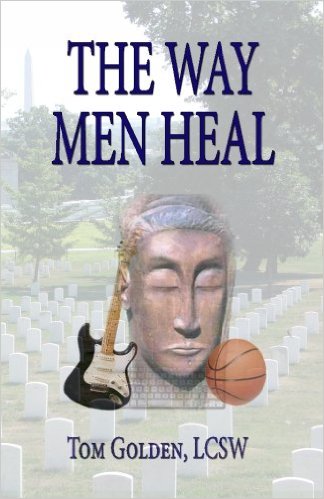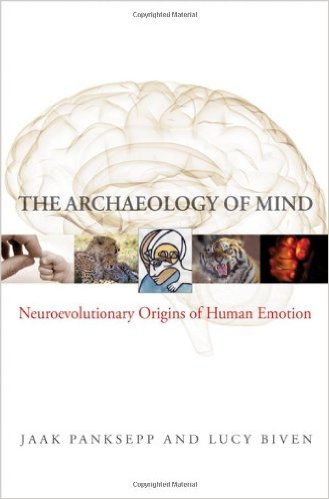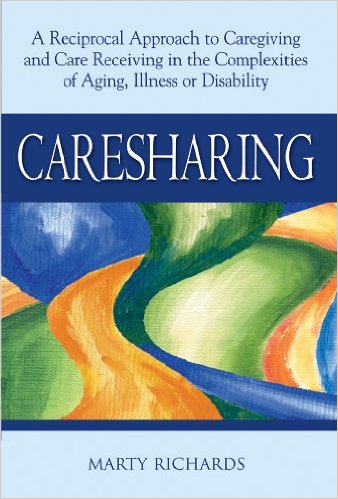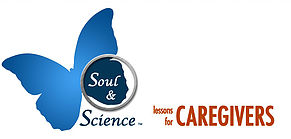BOOKS

The Way Men Heal
―Thomas Golden, LCSW, 2013
 Authored by the Soul & Science lesson presenter offering a look into the different ways we find safety and then tell our story. There is a special emphasis on men and their unique paths towards healing.
Authored by the Soul & Science lesson presenter offering a look into the different ways we find safety and then tell our story. There is a special emphasis on men and their unique paths towards healing.
The Way Men Heal is a concise book that offers insight into the masculine side of healing. Have you ever wondered why men and women seem to heal differently? If so, this is a book for you. It explains how and why men and some women heal in an active mode rather than an interactive one. It offers plenty of examples including Eric Clapton and how he healed after the death of his young son Conor, and Michael Jordan and how he healed after his father’s murder. You will see how these men and many others use action as a means to tell their story. You will see how they are pulled to the future and use honoring as a means to heal rather than the expected interactive “talking about the past” modes. You will see how those who use these modes do so in a way that is simply not easily detected. It is basically invisible. The book offers a section on how to help the men you love and also a section offering therapists clinical ideas for working with men. If you are a man, read this book to affirm your unique way of healing. If you are a woman, read this book to understand the men you love. When we understand each other our relationships flourish.ng for a terminally ill friend or family member raises fears and questions as old as humanity: What is a “good death”? What appropriate preparations should be made? How do we best support our loved ones as life draws to its close? In this nondenominational handbook, Richard F. Groves and Henriette Anne Klauser provide comfort, direction, and hope to the dying and their caregivers through nine archetypal stories that illustrate the most common end-of-life concerns. Drawing from personal experiences, the authors offer invaluable guidance on easing emotional pain and navigating this difficult final passage.
With a compelling new preface, this edition also features an overview of the hospice movement; a survey of Celtic, Tibetan, Egyptian, and other historic perspectives on the sacred art of dying; as well as various therapies, techniques, and rituals to alleviate suffering, stimulate reflection, and strengthen interpersonal bonds. The American Book of Living and Dying gives us courage to trust our deepest instincts, and reminds us that by telling the stories of those who have passed, we remember, honor, and continue to learn from them.
Focus of this book parallels this Soul & Science program series and offers nine case studies and best practices related to person’s dealing with spiritual pain at the end of life.
The Archaeology of Mind: Neuro-evolutionary Origins of Human Emotions
―Jaak Panksepp, Ph.D, 2012
 A look at the seven emotional systems of the brain by the researcher who discovered them.
A look at the seven emotional systems of the brain by the researcher who discovered them.
What makes us happy? What makes us sad? How do we come to feel a sense of enthusiasm? What fills us with lust, anger, fear, or tenderness? Traditional behavioral and cognitive neuroscience have yet to provide satisfactory answers. The Archaeology of Mind presents an affective neuroscience approach―which takes into consideration basic mental processes, brain functions, and emotional behaviors that all mammals share―to locate the neural mechanisms of emotional expression. It reveals―for the first time―the deep neural sources of our values and basic emotional feelings.
This book elaborates on the seven emotional systems that explain how we live and behave. These systems originate in deep areas of the brain that are remarkably similar across all mammalian species. When they are disrupted, we find the origins of emotional disorders:
– SEEKING: how the brain generates a euphoric and expectant response
– FEAR: how the brain responds to the threat of physical danger and death
– RAGE: sources of irritation and fury in the brain
– LUST: how sexual desire and attachments are elaborated in the brain
– CARE: sources of maternal nurturance
– GRIEF: sources of non-sexual attachments
– PLAY: how the brain generates joyous, rough-and-tumble interactions
– SELF: a hypothesis explaining how affects might be elaborated in the brain
The book offers an evidence-based evolutionary taxonomy of emotions and affects and, as such, a brand-new clinical paradigm for treating psychiatric disorders in clinical practice.
Caresharing: Reciprocal Approach to Caregiving and Care Receiving
―Marty Richards, LCSW, 2009
 Rebalancing the Roles in Caregiving So All Involved Are Supported
Rebalancing the Roles in Caregiving So All Involved Are Supported
“When you care for someone who is dealing with the complexities of aging, illness, or disability, you share intense emotions and form deep bonds. You each have the opportunity to recognize what is most deeply human―and most deeply Divine―in the other. This sense of reciprocal sharing―between the caregiver, care receiver, and with others around you―is the essence of the dance in caresharing.”
―from the Prelude
The word caregiver typically suggests someone doing all the giving for a frail, physically or mentally challenged, or aging person who is doing all the receiving. Marty Richards proposes a rebalanced approach of “caresharing.” From this perspective, the “cared for” and the “carer” share a deep sense of connection. Each has strengths and resources. Each can teach the other. Each can share in grief, hope, love and wisdom.
Richards shows you how to move from independent caregiving to interdependent caregiving by engaging the spiritual and emotional aspects of caring for a loved one. Whether you are a daughter or son, a husband or wife, a sibling, long-term partner or good friend, Caresharingoffers a multilayered, reciprocal process that will help you keep your spirit―and your loved one’s spirit―alive in challenging times.
Sharing Wisdom: What the Frail Teach the Well
Sharing Roles: Reinventing Family Roles in Sharing Care
Sharing “Soul to Soul”: A Special Relationship with People with Dementia
Sharing Grief: Dealing with the Little Losses and the Big Ones
Sharing Forgiveness: A Key Spiritual Journey
Sharing Hope and Heart: An Active Process One Step at a Time
